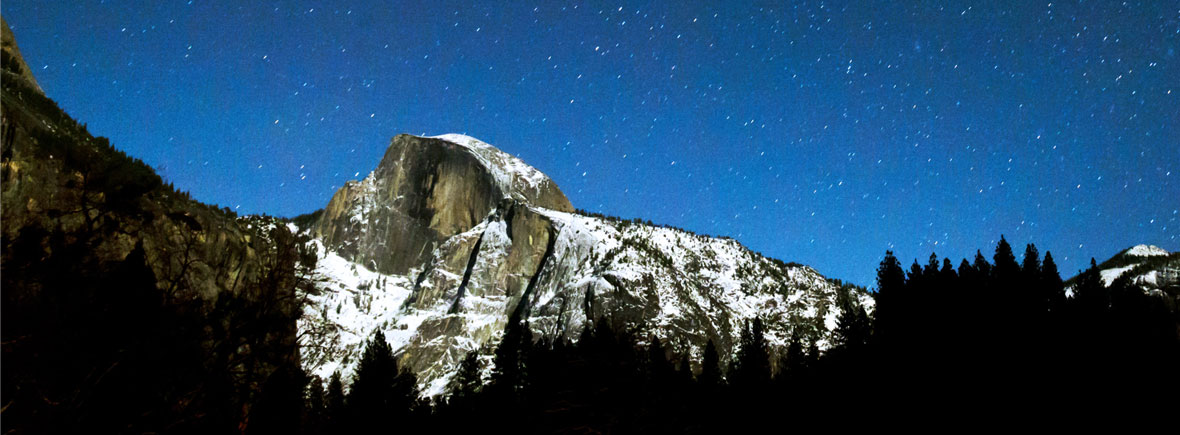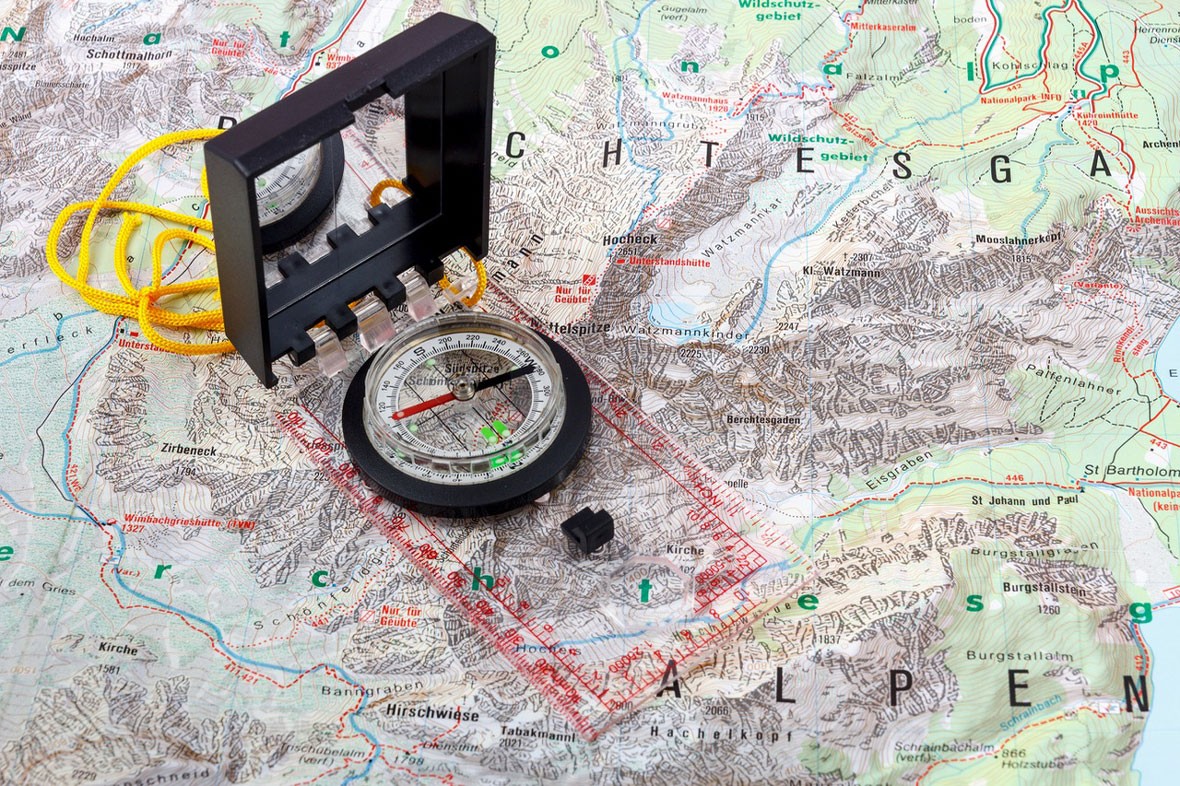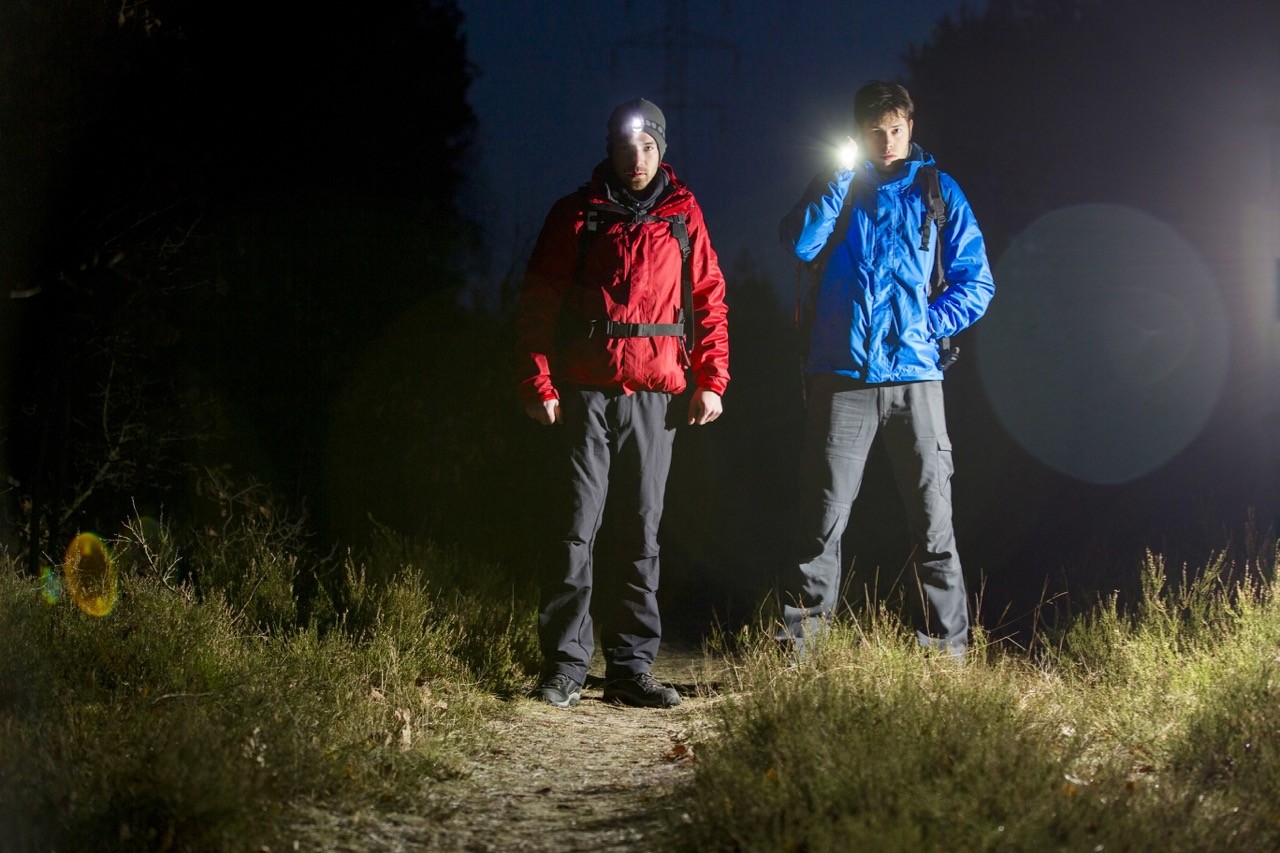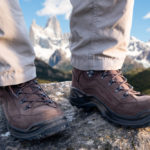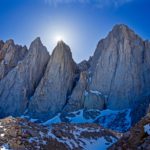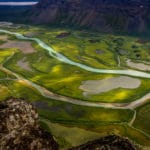Night hiking doesn’t have to be a result of a poorly planned day hike; it can be an enjoyable and rewarding experience in its own right.
Before you go blindly marching off into the hills to thrash about in the dark before calling search and rescue on your smartphone (which probably has a flat battery from using it as a flashlight), prepare yourself with our guide to night hiking for a safe and enjoyable night.
Why night hiking?
Climate
This is rarely applicable in the UK and northern Europe where I do most of my hiking. However, if hiking through arid or desert regions in hotter climes, it can be advantageous to cover distances during the cooler nights and rest up during the day.
Endurance hiking
If you’re one of these ultramarathon-types who like knocking off routes like the Appalachian Trail in 46 days then you’re going to have to do some night hiking at some point. If you’re more of a mortal, even something like the Three Peaks Challenge will likely require some night hiking.
Improved safety skillset
The best laid plans of mice and men often go awry goes the saying and meticulously-planned day hikes and treks are no different. If you practise night hiking, you will be better prepared to cope with the unexpected if/when day hikes go wrong.
Observing
Whether it’s landscapes, wildlife or stargazing that interests you, the world can be an alien place when darkness descends. Light plays tricks on the eyes, the creeps and crawls come out to play and the night sky never fails to evoke awe and wonder. The Earth is a very different place by night: it looks, sounds and even smells different.
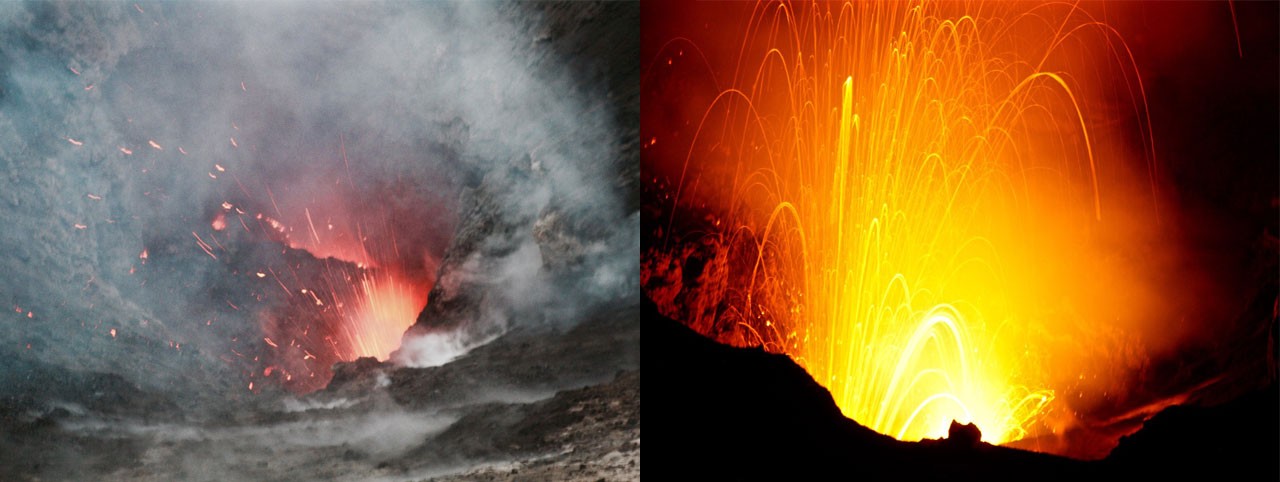
Morning summits (and sunrises)
Whether you’re a technical high-altitude mountaineer or an amateur climber pursuing non-technical summits, eventually you will have to tackle a summit morning. It’s better to hone your night hiking skills at low altitude than on a mountainside with crampons on your feet and an ice axe in your hand. Oh, and hiking into a sunrise: breathtaking.
Before the hike
Time limits
Most importantly, make sure you know when the sun will set and rise. A quick Google search or checking the website timeanddate.com will suffice. Modern GPS devices will have this feature built in but make sure you know before you leave. Also remember that these aren’t fixed times and will get earlier or later during repeat hikes. Ideally, as with most expeditions short or long, solo or in a group, make sure you tell someone where you’re going and when you expect to return. Arrange set check-in times with that person so they know when to expect phone calls or messages and always have contingency plans in place.
Be realistic
It’s better to arrive early than late, so err on the side of caution and set conservative objectives when it comes to distance and mileage. If it’s your first time night hiking or you’re tackling a new route, set ultra-conservative targets relative to your average hiking speeds (see ‘Know your pace’).
Know your pace
Everybody hikes at different speeds so it’s important that you know yours. Hikers during the day over flat ground with light packs generally average between 4 to 6.5kph (2.5 to 4mph). Heavier packs and undulating terrain will decrease this speed. Whatever your average pace, it’s probably worth halving it when planning for night hiking.
Pack the right gear
There is a comprehensive gear list below. As with any hike make sure you have the 10 essentials first, then look at equipment specific to night hiking. Illumination is key so make sure you pack headlamps, flashlights, GPS devices and plenty of spare batteries for your devices. Consider investing in some form of eye protection, as it will be difficult to spot every wayward branch or kamikaze bug in the darkness.
Additionally, don’t forget that it’s going to be colder and wetter at night so make sure you have extra warm clothing along with waterproofs and appropriate footwear for the terrain. Remember that even if it doesn’t rain, frost and dew will likely form overnight.
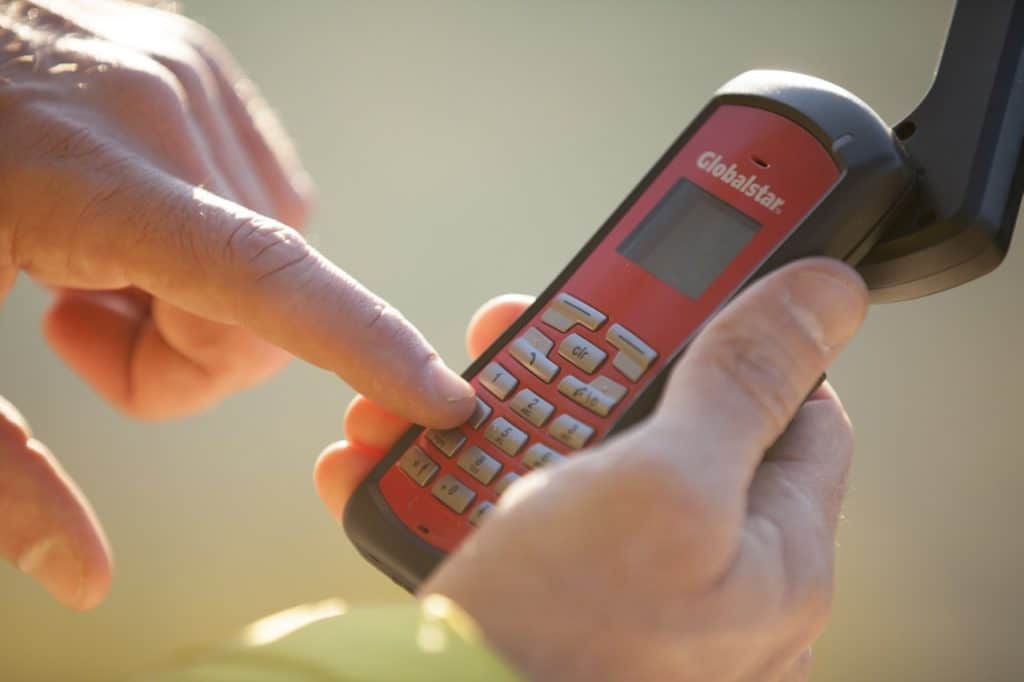
Plan for emergencies
Any hardcore adventurer will be familiar with the motto “two is one, one is none”. It stresses the need to pack a backup for essential survival gear – especially important when night hiking. A satellite phone is a reliable safety net, ensuring you can quickly reach emergency services outside of GSM coverage. We recommend Globalstar’s GSP-1700, which has the clearest voice quality on the market. Priced at €490, it’s affordable not just for extreme athletes but more low-octane hikers too. See Globalstar’s list of dealers or get a free phone with certain packages.
On the hike
Delay turning on your headlamp
This may sound counter-intuitive but your unassisted eyes will function better in the fading light than they will in the glaring beam of a headlamp. It takes 30 minutes for pupils to attune properly to see in dark so try to leave the lights off for as long as possible.
Communication
If you are hiking in a group or with a partner then make sure you communicate clearly with each other, especially before turning on headlamps or flashlights. One person with a light on unexpectedly can ruin the night vision of everyone around. Any flash of white light, like someone accidentally shining a headlamp in your face, will shrink your pupils and reset your night vision’s aforementioned 30-minute clock.
Engage the peripheral rod
You what, mate? Yep, your peripheral vision actually works better at night. The night-sensitive peripheral rod cells are located at the edges of the retina and acclimatise to low-light conditions better than any other receptors in the eye. You can engage the peripheral rod by swinging your head from side to side which will improve your night vision (and make you look ridiculous).
Use your senses
Let your other sense take over (not like a hippie) but by paying extra attention to what you can hear, smell and even feel. After a few minutes walking in the dark you should be able to “listen” to the feedback your hiking boots are getting from the ground. How does the ground feel underfoot? Is it safe footing? Does what you hear contradict what the map is telling you? Naturally, your non-sight-based instincts should start to become more sensitive and attuned to your surroundings, if you listen to what they have to say you’ll have an easier and safer time navigating the dark.
Be mindful
Whether it’s the wildlife around you or the flora you’re traipsing over, try to be as considerate as you can to your surroundings. Nocturnal animals will not be expecting a group of roving hikers to come trampling through their habitat and, likewise, will not be used to headlamps shining in their sensitive eyes. As ever, stick to available trails and try to leave as little trace as possible.
Night hiking gear list
The ten essential “systems”
- Navigation (map and compass)
- Sun protection (sunglasses and sunscreen)
- Insulation (extra clothing)
- Illumination (headlamp/first-aid supplies)
- Fire (waterproof matches/lighter/candles)
- Repair kit and tools
- Nutrition (extra food)
- Hydration (extra water)
- Emergency shelter
- Headlamp
- Pocket flashlight
- Flashlight
- Eye protection
GPS device - Spare batteries (double check your devices for the correct type i.e. AAA, AA, C, D etc)
- Clip on light (for your map)
- Compass with luminous points/bezel
- Pocket knife
- Survival whistle
- Mosquito repellent
- Extra layers and warm clothing
- Waterproof clothing (think about frost and dew that develops overnight)
- Snacks and food
- Drinks (hot and cold)
Hit the waves, the slopes or the trails with your devices right by your side. LifeProof cases and accessories let you take your tech along on your adventures, keeping you connected every soggy, snowy, muddy step of the way.
